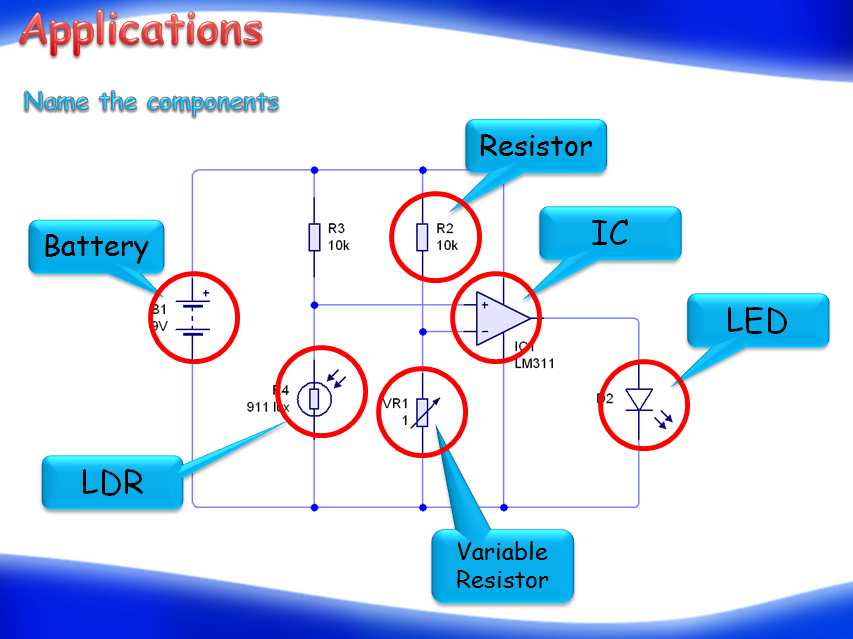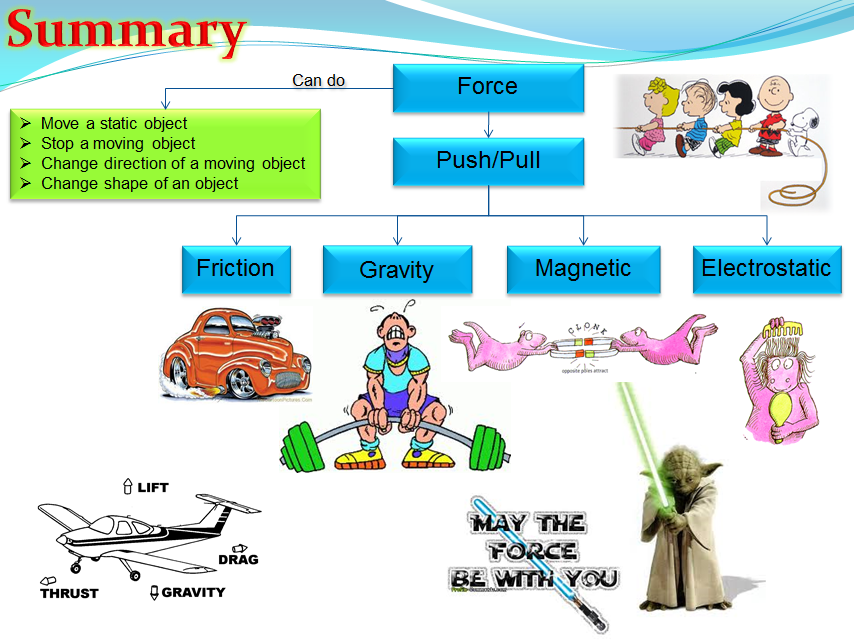
59Uploads
110k+Views
47k+Downloads
All resources

Elements, Compound, Mixture (Chemistry)
This lesson is about Elements, Compound, Mixtures. Elements and the periodic table, Properties of metals, non-metals and metalloids.
A part of a science course for grade 8 (Chemistry).
The set includes Power-Point presentation and iBook, which is an Interactive Book, where the students fill the blanks that goes in accordance with the PPT slides.
In addition there are all the answers to the iBook for the teacher.

Resistance calculation (Physics)
This lesson is about Resistor and resistance calculations in series and parallel. A part of a science course for grade 9 (Physics). The files contain the theories, lecture and practices, as well as links to videos and online simulations.
The set includes Power-Point presentation and iBook, which is an Interactive Book, where the students fill the blanks that goes in accordance with the PPT slides.
In addition there are all the answers to the iBook for the teacher.

Electronic components (Physics)
This lesson is about Electronic components. Covers Resistor, Diode, LED, Transistor, Capacitor, IC
Thermistor, LDR, and application of these components in a circuit.
A part of a science course for grade 9 (Physics). The files contain the theories, lecture and practices, as well as links to videos and online simulations.
The set includes Power-Point presentation and iBook, which is an Interactive Book, where the students fill the blanks that goes in accordance with the PPT slides.
In addition there are all the answers to the iBook for the teacher.

Types of Forces (Physics)
This lesson is about Types of forces. (Friction, Gravity, Magnetic force, Electrostatic force)
A part of a science course for grade 8 (Physics). The files contain the theories, lecture and practices, as well as links to videos and online simulations. Additionally there is a PPT file for extra practice in class.
The set includes Power-Point presentation and iBook, which is an Interactive Book, where the students fill the blanks that goes in accordance with the PPT slides.
In addition there are all the answers to the iBook for the teacher.

Speed and Velocity (Physics)
This lesson is about Speed and Velocity.
The difference between speed and velocity
How to affect velocity
Do calculations
A part of a science course for grade 7 (Physics). The files contain the theories, lecture and practices, as well as links to videos and online simulations.
The set includes Power-Point presentation and iBook, which is an Interactive Book, where the students fill the blanks that goes in accordance with the PPT slides.
In addition there are all the answers to the iBook for the teacher.

Electrical Safety (Physics)
This lesson is about Electrical Safety. The dangers of using electricity (electric shock and overload) and ways to prevent an electrical accident. Ways to protect ourselves: Fuse, Circuit breaker, Double insulation, Earth wire and how they work. This lesson also discuss the physiological affect on the human body when getting electrocuted and what to do in case of an emergency.
A part of a science course for grade 9 (Physics). The files contain the theories, lecture and practices, as well as links to videos and online simulations.
The set includes Power-Point presentation and iBook, which is an Interactive Book, where the students fill the blanks that goes in accordance with the PPT slides.
In addition there are all the answers to the iBook for the teacher.

Electricity Generation (Physics)
This lesson is about Electricity Generation. The process of burning fossil fuel - spinning a turbine to spine a generator. The lesson also discuss the energy changes throughout this process in various power stations such as hydroelectric power station, nuclear power station, etc.
A part of a science course for grade 9 (Physics). The files contain the theories, lecture and practices, as well as links to videos and online simulations.
The set includes Power-Point presentation and iBook, which is an Interactive Book, where the students fill the blanks that goes in accordance with the PPT slides.
In addition there are all the answers to the iBook for the teacher.

Compounds and Mixtures (Chemistry)
This lesson is about Compounds and Mixtures. Explain the differences between compounds and mixtures with examples. Discuss physical change vs. chemical change. Review the different types of mixtures (solution, colloid, suspension) and classify them to homogeneous and heterogeneous mixtures.
A part of a science course for grade 8 (Chemistry).
The set includes Power-Point presentation and iBook, which is an Interactive Book, where the students fill the blanks that goes in accordance with the PPT slides.
In addition there are all the answers to the iBook for the teacher.

Separation methods (Chemistry)
This lesson is about Separation methods. Covers Filtration, Magnetic attraction, Centrifuge, Evaporation, Crystallization, Simple and Fractional distillations, Chromatography. With examples.
A part of a science course for grade 8 (Chemistry).
A board game is included as a lesson starter to engage the students in the various separation methods and their us abilities.
The set includes Power-Point presentation and iBook, which is an Interactive Book, where the students fill the blanks that goes in accordance with the PPT slides.
In addition there are all the answers to the iBook for the teacher.

Effects of Heat
This lesson is about Effects of heat. A part of a science course for grade 7 (Physics-Energy).
The set includes Power-Point presentation and iBook, which is an Interactive Book, where the students fill the blanks that goes in accordance with the PPT slides.
In addition there are all the answers to the iBook for the teacher.

Matter
This lesson is about Matter. Understand the meaning of matter. Tell the difference between matter and non-matter.
A part of a science course for grade 7 (Physics-Energy).
The set includes Power-Point presentation and iBook, which is an Interactive Book, where the students fill the blanks that goes in accordance with the PPT slides.
In addition there are all the answers to the iBook for the teacher.

Chemical Equations (Chemistry)
This lesson is about Chemical equations. The proper way the deal with chemical equations by folloying simple rules.
A part of a science course for grade 8 (Chemistry).
The set includes Power-Point presentation and iBook, which is an Interactive Book, where the students fill the blanks that goes in accordance with the PPT slides.
In addition there are all the answers to the iBook for the teacher.

Introduction to Photography
An introduction to photography for kids. This lesson includes the basics for taking better photos.
The lesson comprises of the topics: ISO, rule of thirds, empty space, leading lines, macro photography, long exposure, image size and resolution. Additionally there is an assignment to boost creative photography.

Electricity - Ohm's Law (Physics)
This lesson is about Electricity - The relationship between Current, Voltage, and Resistance (Ohm's Law).
A part of a science course for grade 9 (Physics). The files contain the theories, lecture and practices, as well as links to videos and online simulations.
The set includes Power-Point presentation and iBook, which is an Interactive Book, where the students fill the blanks that goes in accordance with the PPT slides.
In addition there are all the answers to the iBook for the teacher.

Vector and Scalar (Physics)
This lesson is about Vectors and Scalars.
Understand the difference between vector and scalar
Explain the difference between distance and displacement
Sort various quantities to vectors and scalars
Make basic calculations
A part of a science course for grade 7 (Physics). The files contain the theories, lecture and practices, as well as links to videos and online simulations.
The set includes Power-Point presentation and iBook, which is an Interactive Book, where the students fill the blanks that goes in accordance with the PPT slides.
In addition there are all the answers to the iBook for the teacher.

Graphs (Physics - force and motion)
This lesson is about reading graphs. Distance-time graphs and speed-time graphs. Analyzing and understanding the data graphs show us. Calculating area from speed-time graphs to find distance.
A part of a science course for grade 7 (Physics - force and motion). The files contain the theories, lecture and practices, as well as links to videos and online simulations.
The set includes Power-Point presentation and iBook, which is an Interactive Book, where the students fill the blanks that goes in accordance with the PPT slides.
In addition there are all the answers to the iBook for the teacher.

Applications of chemical reactions (Chemistry)
This lesson is about Applying the knowledge of chemical reactions into everyday life practice. This lesson discuss products of reactions between acids and alkalis, applications of neutralization in everyday life, chemistry hazard symbols.
A part of a science course for grade 8 (Chemistry).
The set includes Power-Point presentation and iBook, which is an Interactive Book, where the students fill the blanks that goes in accordance with the PPT slides.
In addition there are all the answers to the iBook for the teacher.

Resultant forces (Physics)
This lesson is about Resultant forces calculations. A part of a science course for grade 8 (Physics). The files contain the theories, lecture and practices, as well as links to videos and online simulations. Additionally there is a PPT file for extra practice in class.
The set includes Power-Point presentation and iBook, which is an Interactive Book, where the students fill the blanks that goes in accordance with the PPT slides.
In addition there are all the answers to the iBook for the teacher.

Force and Motion (Newton's first and second laws of motion) (Physics)
This lesson is about Force and Motion - Newton's first and second laws of motion with calculations of questions and vector diagrams.
A part of a science course for grade 8 (Physics). The files contain the theories, lecture and practices, as well as links to videos and online simulations. Additionally there is a PPT file for extra practice in class.
The set includes Power-Point presentation and iBook, which is an Interactive Book, where the students fill the blanks that goes in accordance with the PPT slides.
In addition there are all the answers to the iBook for the teacher.

Atomic structure (Chemistry)
This lesson is about Atomic structure and the periodic table. Getting into the atom's shells to understand how atoms react with one another by exchanging valence electrons. The student will be able to predict the number of atoms involves in a reaction according to their group in the periodic table. Also discuss the reactivity series an it affect on the reaction.
A part of a science course for grade 8 (Chemistry).
The set includes Power-Point presentation and iBook, which is an Interactive Book, where the students fill the blanks that goes in accordance with the PPT slides.
In addition there are all the answers to the iBook for the teacher.




















